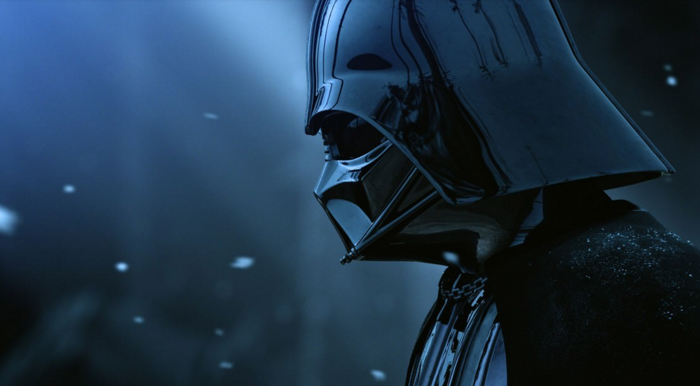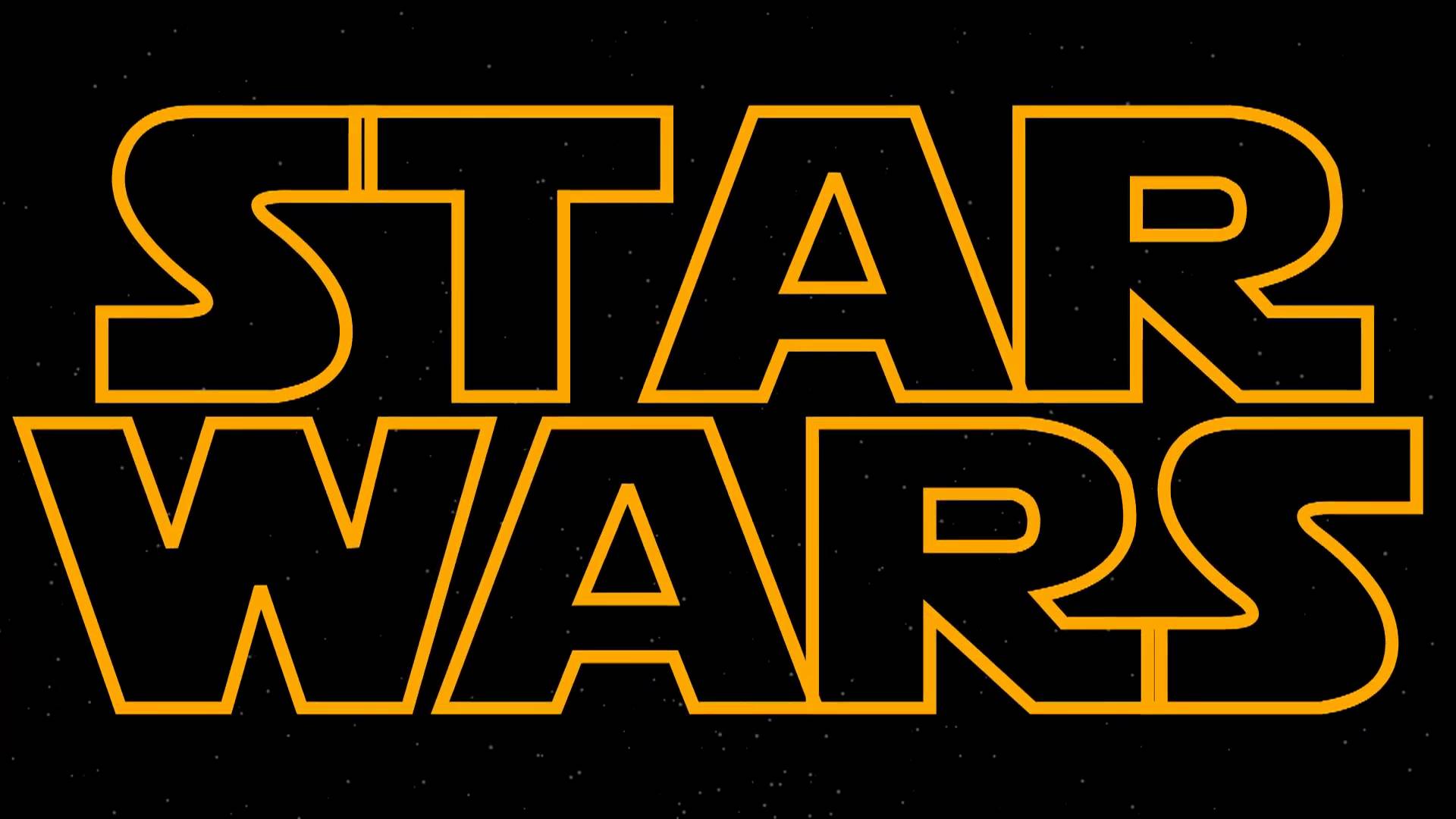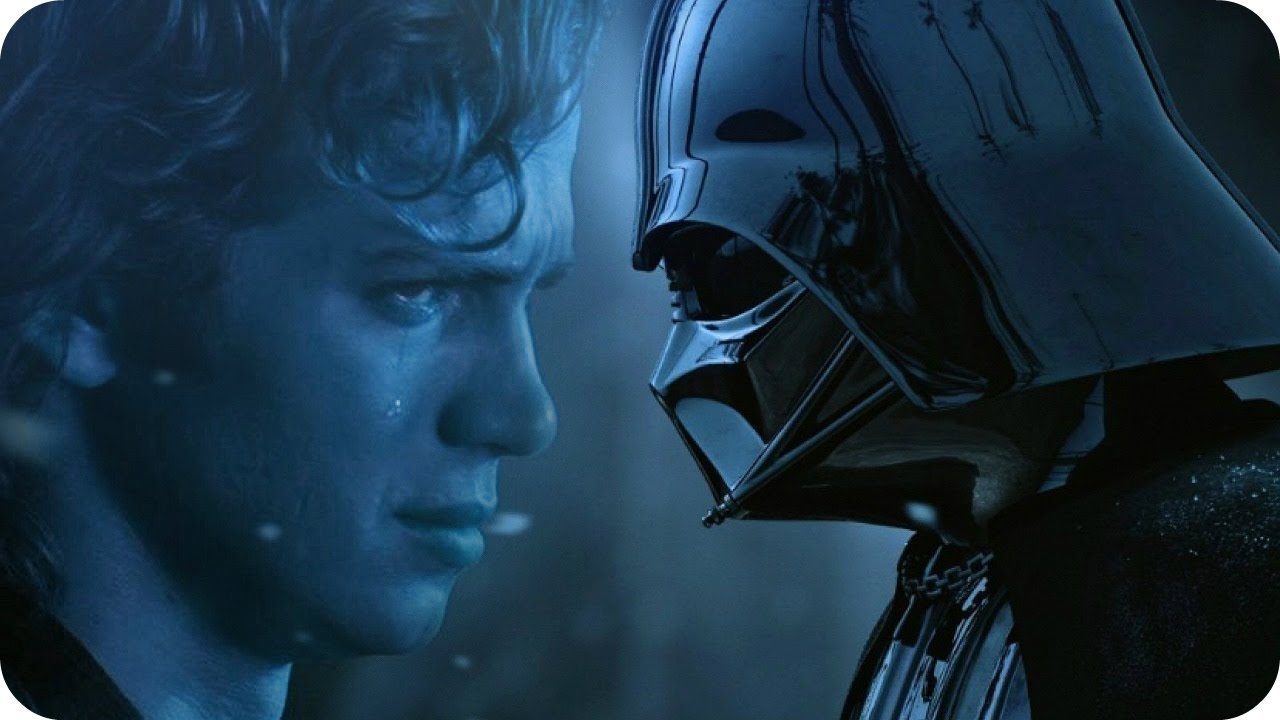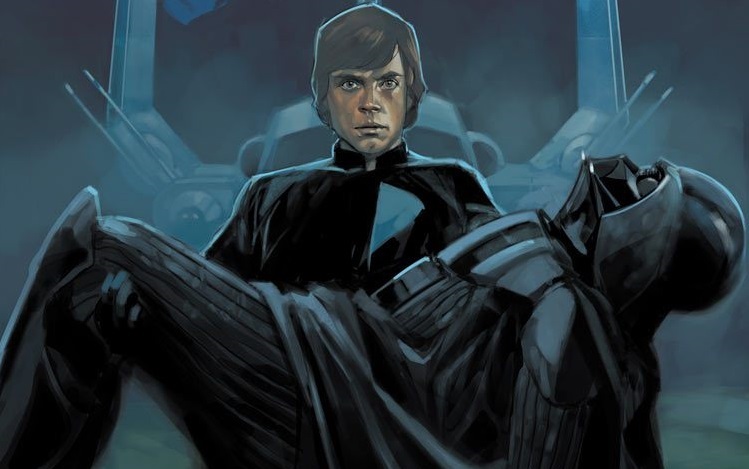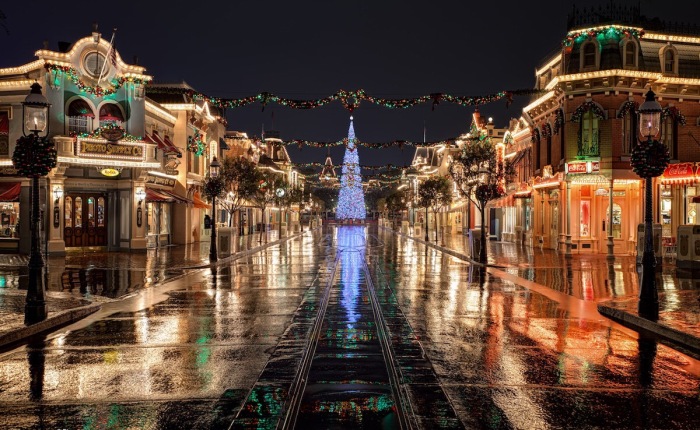Here’s some fun Disney History for all you fans out there! If you already know this stuff you can check out last week’s post instead! But for the new fans, or those general Disney History buffs, this post is for you! Who knows; Maybe you’ll learn something new!
So, without further ado…
The Golden Age:

The Golden Age of Disney Animation began with the release of Snow White in 1937. The term ‘Golden Age’ doesn’t necessarily refer to the success of these films because, besides Snow White, most of the films in the Golden Age were largely unsuccessful at the time of their release. Most of them only gained “Classic Status” years later. ‘Golden Age’ more accurately refers to the quality and technical achievements of the era’s animation. Walt spent almost every cent he made during this time on the next masterpiece. He focused on making each film better than the last, ushering in visions of great art and innovation. Unfortunately, this ‘Age of Art’ was cut short by the advent of a worldwide war…
The Wartime Era:

Because this era was the result of WWII, a largely uncontrollable event, most critics don’t seem to hold it against Disney. This ‘sub-era’ is marked by a halt in the production of animated features as the studio was literally taken-over by the U.S. Government and co-opted into creating propaganda for America…for very little compensation. During this time, Disney had to rely on ‘package films’ to pay the rent and had almost no time to explore more creative avenues. These package films were often compilations of several short films edited together with new inserts to fill out a feature film run-time. Although many of these films are beloved today by Disney fans, they are generally considered of far less quality than the rest of the Golden Age.
The Silver Age:

Considered by some to be a late extension the Golden Age, the Silver Age is nonetheless separated from the earlier films of the era by the events of WWII. Artistic expression was put on hold during the war. However, with the success of Cinderella, Disney was finally able to revive the innovative works which categorized its early years. This era marks the most prosperous time for the company during Walt’s lifetime, with many films in this era proving to be massive successes that went down in history as Disney Classics. But sadly this era of innovation was not to last. During this time, Disney’s increasingly high standards of innovation started making films incredibly expensive to produce. The cost of production was reaching a critical mass that no Box Office success could overcome. This finally happened in 1959 when Walt Disney reached what he considered the pinnacle of his art form: Sleeping Beauty. It was a Box Office hit, but was still dwarfed by its extravagant production costs. The constant improvement of animation could not be sustained.
Although the films after Sleeping Beauty still met with success, they were far less innovative than earlier endeavors. Animation as an art form began to fade. Eventually the quality of animation came to its lowest point when Walt Disney passed away during production of The Jungle Book. His passing left the company confused and directionless, ushering in a figurative “Dark Age” for animation.
The Bronze Age:

Also referred to as the Dark Age, the Bronze Age of Disney Animation was largely a result of Walt Disney’s passing. Left without a sense of direction or strong leadership, the company entered an era of hits and misses. They seemed to largely fall short of the ‘magic’ that most people associated with Disney. Most of the films in this era, while fondly remembered today, struggled to reach an audience, critical or otherwise. The films in this era did explore some unique and fascinating ideas, but were far less capable of executing them than previous generations. Animation was at a low point, with a focus on films that were cheaper and faster to make, as well as the company shifting its attention to live-action films and theme-parks. during this era they underestimated the vast potential that animated films could have on an audience…That was, until a surprise Box Office hit paved the way for something new…
The Disney Renaissance:


The Great Mouse Detective (from the Bronze Age) made enough money to finance a fairy tale passion project called The Little Mermaid. This film officially launched what most modern audiences consider to be the definitive era for the company in today’s filmmaking landscape: the Disney Renaissance! It is referred to as a ‘Renaissance’ by film critics because of its return to Walt Disney’s ideals of art and innovation, and the company’s success at finally capturing that sense of ‘Disney Magic’ that set them apart from other animation studios. Disney was back as the world’s leading animation studio, churning out hit after hit and charming the world with its beloved characters and stories.
The New Millenium:

The New Millennium, also called the Experimental Era, mostly centered around Disney changing the way they produced their animation and structured their stories. It was a time of exploration which saw much less success than the Renaissance, and focused on new genres of storytelling. These included Sci-Fi Comedies, Irreverent Comedies, Steampunk, and even Time Travel! Not only did Disney try new things with writing and story structure during this era, but they also experimented with new technology. In this era, Disney introduced more Computer-Generated Imagery (CGI), which they had already utilized with their partners at Pixar. This led to Disney making their own full-length CGI animated film: Dinosaur. Not only would this experimentation with technology become the standard at Disney, but it would also spell the beginning of the end for traditional hand-drawn animation in the next era. Despite its shortcomings, many of the films in the Experimental Era would become crucial to the success and reliability of the next age of animation.
The New Golden Age:




